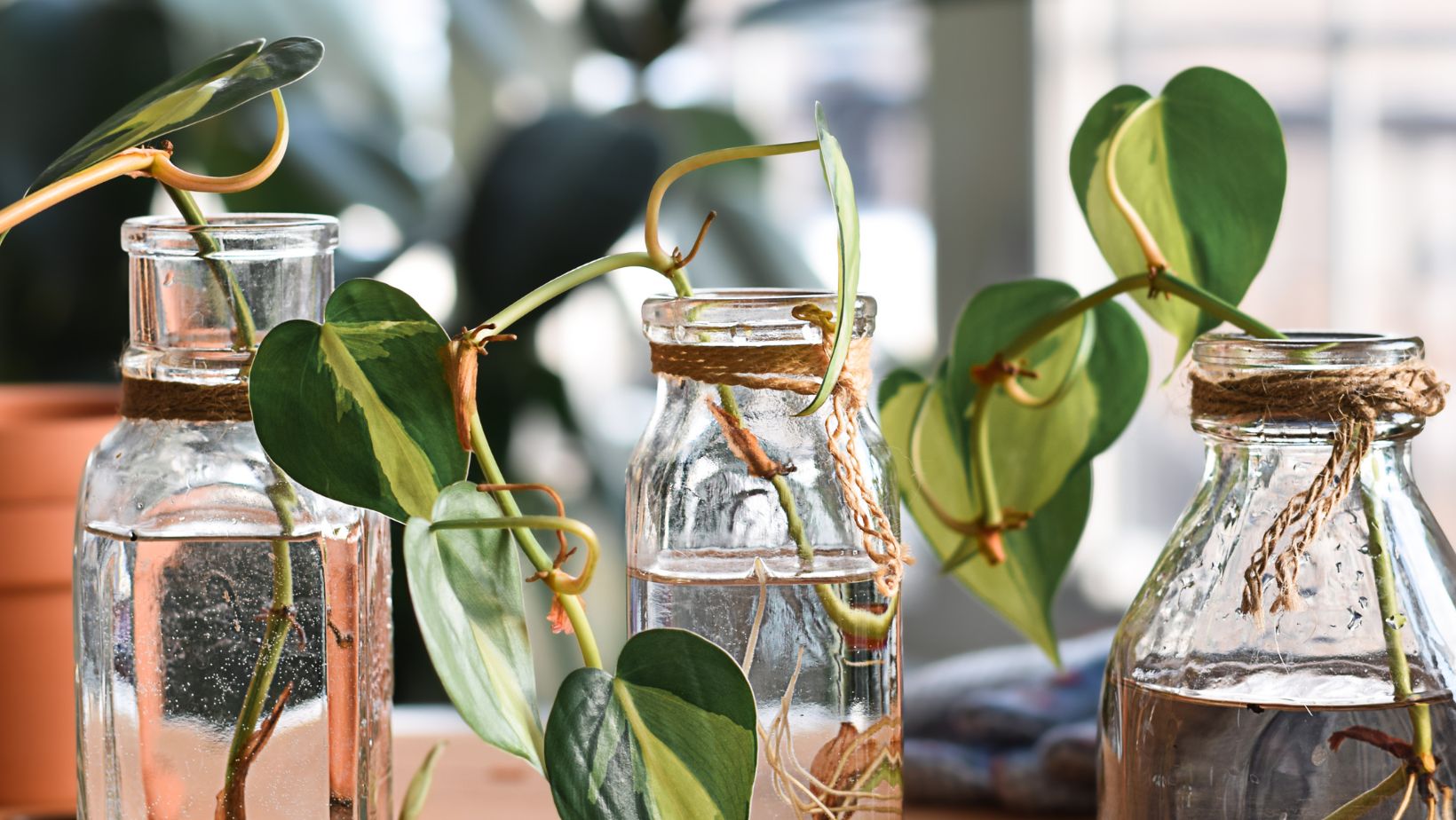Houseplants have become a staple in homes worldwide, enhancing the atmosphere with their beauty and bringing a sense of tranquility into our living spaces. If you’ve ever wanted to introduce some greenery into your home but aren’t sure where to start, you’ve come to the right place. Growing houseplants can be a rewarding hobby, but it can also feel overwhelming for beginners. Whether you live in a cozy apartment or a spacious house, there’s a plant that can thrive in your environment. In this guide, we’ll walk you through everything you need to know about growing houseplants, from choosing the right plants to keeping them healthy and happy. This guide is designed for houseplants for beginners, so if you’re just getting started, don’t worry – we’ve got you covered!
Choosing the Right Plants
When you first begin your houseplant journey, selecting plants that will thrive in your space is one of the most critical steps. Different plants have different needs regarding light, water, and humidity, so understanding your environment is key to making the right choices. As a beginner, starting with low-maintenance plants known for being hardy and easy to care for is a good idea.
Some excellent options for beginners include:
- Snake Plant (Sansevieria) – Known for its air-purifying properties, the snake plant is nearly indestructible. It can tolerate various conditions, from low light to direct sunlight, and requires minimal watering.
- Spider Plant (Chlorophytum comosum)—Another low-maintenance choice, the spider plant thrives in a variety of environments. It’s perfect for hanging baskets or placed on shelves, and its air-purifying qualities make it a great addition to any room.
- Pothos (Epipremnum aureum) – Pothos are incredibly easy to grow and require minimal care. They are particularly suited for beginners due to their tolerance of low light and irregular watering schedules. Their trailing vines make them a visually appealing option for any space.
- ZZ Plant (Zamioculcas zamiifolia): This plant is nearly indestructible and can survive even in low light with minimal water. Its waxy leaves give it a unique look, making it an excellent choice for beginner gardeners.
Preparing Your Space
After you have chosen your plants, the next step is preparing your space for them. Plants require a suitable environment to thrive, and therefore, it’s crucial to consider things like light, humidity, and temperature.
Light
Light is one of the most essential things regarding plant health. Each plant needs a different amount of light, so it’s important to know what kind of light conditions your home has. Some plants, including snake plants and ZZ plants, can grow well in low light, but succulents and cacti need bright, direct sunlight to grow.
To evaluate the light in your home, look at the natural light in every room. South-facing windows usually get the most sunlight, while north-facing windows usually have lower sunlight levels. You can also use a light meter or pay attention to how much sunlight a room gets during the day.
Humidity
Humidity is an essential factor in the health of your houseplants. Although most plants can withstand normal indoor humidity, some tropical plants, like ferns and orchids, need higher humidity to grow. If you live in a dry climate or your house’s air is dry, you must raise the humidity levels around your plants.
To achieve this, you can put plants in the bathroom where the humidity is more likely to be higher, or simply use a humidity tray filled with pebbles and water under the pot. Alternatively, you can invest in a humidifier to ensure you have the best humidity levels.
Temperature
Houseplants generally do best with temperatures of about 65°F to 75°F (18°C to 24°C), but tropical plants may need a little warmer. It is important to avoid placing your plants near drafts, heat sources, or cold windows because sudden temperature variations can negatively affect them.
Watering Your Plants
Watering is one of the most frequent problems for the owners of beginner plants. The two most common mistakes you can make that will damage your plants are over-watering and under-watering, so balance is essential. This is what you should know:
Over-watering vs. Under-watering
Overwatering is one of the most common beginners’ mistakes. Most plants like to dry out between waterings, so it is important to check the soil before watering. A good rule of thumb is to wait until the top inch or two of the soil is dry before watering.
Another problem, though less frequent, is underwatering. If plants don’t get enough water, they may start wilting, drying out, or developing brown edges on the leaves. Most plants are more forgiving of being slightly underwatered than overwatered, so if in doubt, it is preferable to play it safe and let the soil dry out a little before watering again.
How to Water
Thorough watering is essential when watering, making sure that the roots get the water. Water your plants always until you see water draining from the bottom of the pot. This guarantees that the roots are not short of water, and any excess water can drain out, thus avoiding root rot.
If you don’t know how often to water your plants, it is always better to water less but more thoroughly than too frequently. An excellent tool for beginners is a moisture meter, which helps you determine the soil’s moisture level without guessing.
Fertilizing Your Houseplants
Fertilizing is essential for promoting healthy growth, but you don’t have to do it daily. Regular feeding of most houseplants will be beneficial once a month during the growing season (spring and summer). However, it is important not to over-fertilize, as this may cause nutrient imbalance and harm the plant.
Common Problems and Solutions
Even the most low-maintenance plants can have issues from time to time. Here are some common problems and their solutions:
Yellowing Leaves—This may indicate over- or under-watering or nutrient deficiencies. Test the soil moisture and change your watering practices based on that. If needed, fertilize your plant to bring nutrient levels back.
Pests—Aphids, mealybugs, and spider mites are some of the pests to which houseplants are prone. If you see tiny insects on your plants, use insecticidal soap or wipe the leaves with a damp cloth to remove them.
Conclusion
Raising houseplants is a rewarding and fun hobby, and if you treat them right, you can provide yourself with a verdant, green paradise in your living space. By selecting the appropriate plants, getting to know their light, humidity, and water requirements, and watching for any problems, you’ll be on your way to becoming a successful plant parent. Remember, houseplants for beginners are there to teach you the joys of gardening without making it too complicated, so start small, learn on the go, and enjoy seeing your plants taking root. Happy planting!




More Stories
How to Keep Your Bathroom Clutter-Free With the Right Vanity
Flooring: Types, Costs, and How to Choose the Right Floors for Your Home
Home Junk Removal: Complete Guide to Clearing Clutter Safely and Efficiently